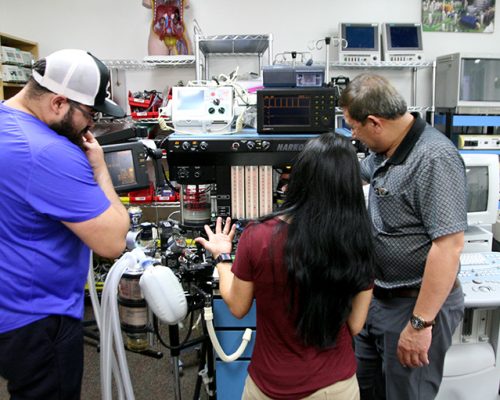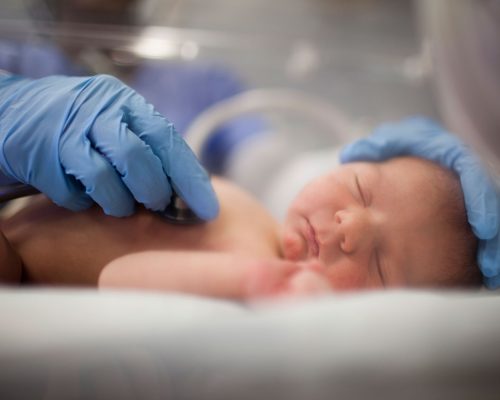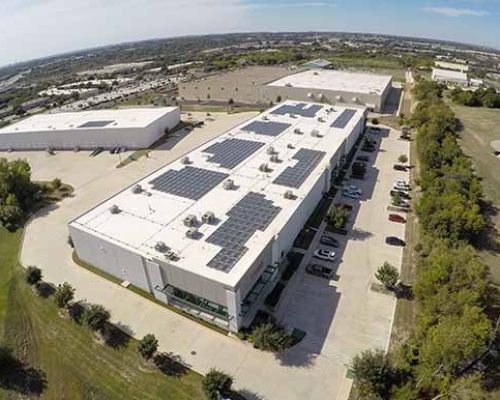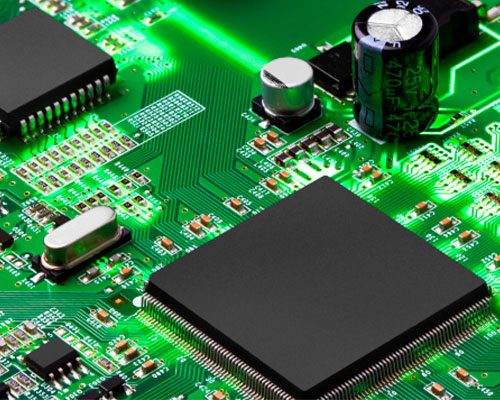At its core, neonatal transport is the process of safely transferring newborns, especially premature babies or those with medical complications, from one healthcare facility to another. This transfer can be due to various reasons, such as the need for specialized medical care, surgical interventions, or access to advanced equipment not available in the originating facility. Learn more about neonatal transport and its many aspects in this post from the International Biomedical blog.
Types of Neonatal Transport
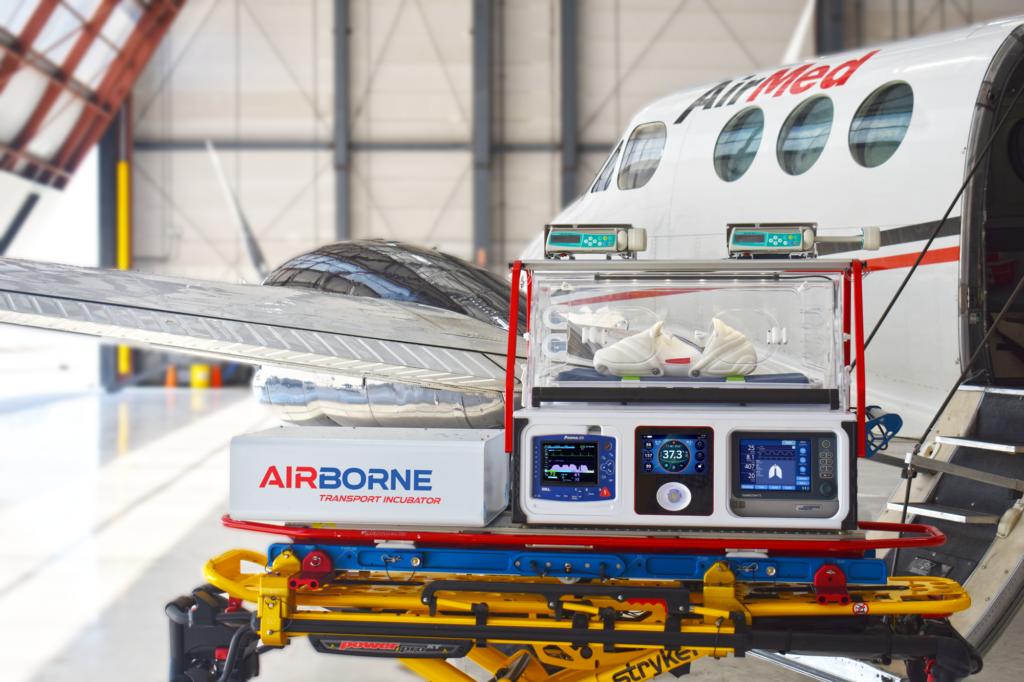
In the dynamic landscape of neonatal care, ensuring safe and effective transport for newborns is a fundamental cornerstone. Transporting neonates, especially those who are premature or have health complications, requires specialized methodologies tailored to the unique challenges posed by their conditions and external environments.
- Ground Transport: The most common method, ground transport uses ambulances equipped with state-of-the-art neonatal intensive care units. These vehicles are designed to tackle varying road conditions and ensure the baby’s stability throughout the journey.
- Air Transport: This includes helicopters and fixed-wing aircraft. These are used when time is of the essence, for long-distance transports, or when ground transport is not feasible due to geographical constraints.
- Intra-hospital Transport: Within large medical complexes, neonates may need to be moved from one department to another. Specialized incubators and equipment ensure safety during these short yet crucial transfers.
Key Components of Safe Neonatal Transport

When it comes to the delicate and crucial task of neonatal transport, there’s no room for compromise. Ensuring the safety, stability, and well-being of these fragile patients during movement requires a harmonious blend of advanced equipment, expert personnel, and meticulous coordination. Let’s explore the integral components that coalesce to make neonatal transport not just a procedure, but a symphony of specialized care in motion.
- Advanced Equipment: Transport incubators, ventilators, and monitoring systems are tailored for mobile use, ensuring neonates receive intensive care unit-level attention even on the move.
- Specialized Teams: Neonatal transport isn’t a job for just anyone. It requires a team of specially trained professionals, including neonatologists, nurses, respiratory therapists, and sometimes even surgeons, all of whom are trained in the unique challenges posed by transport.
- Communication: Seamless communication between the sending and receiving facilities ensures that the receiving team is well-prepared for the infant’s arrival and immediate care.
Challenges and Considerations
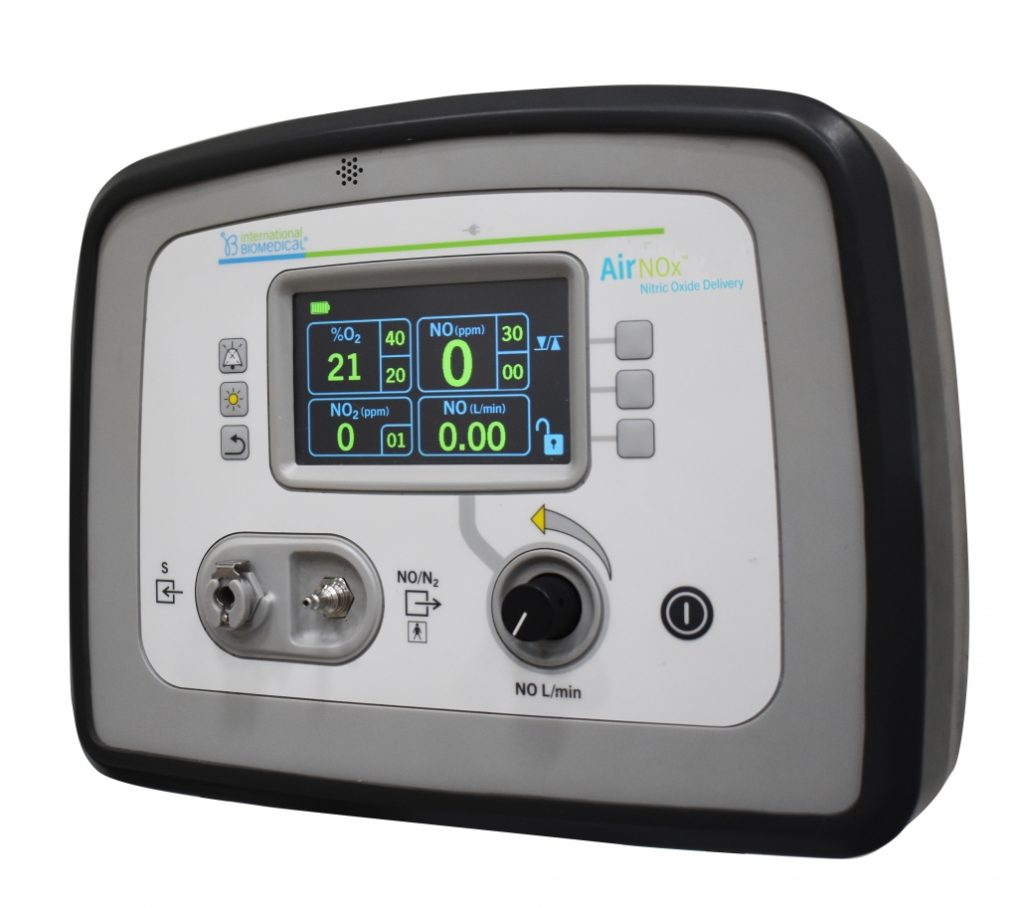
Neonatal transport, while vital, is a complex dance between necessity and caution. The task of moving our tiniest and most vulnerable patients seamlessly between facilities brings with it a unique set of challenges and considerations. These intricacies, ranging from environmental hurdles to the diverse medical needs of each infant, necessitate a deep understanding and proactive approach. Let’s delve into the multifaceted challenges faced in this delicate endeavor and the considerations that guide every decision.
- Environmental Factors: Weather conditions, especially during air transport, can pose significant risks.
- Varying Medical Needs: Each neonate’s medical condition is unique, necessitating individualized care strategies during transport.
- Distance and Duration: Long-distance transports require meticulous planning to ensure the baby’s stability throughout the journey.
Supporting the Vital Role of Neonatal Transport
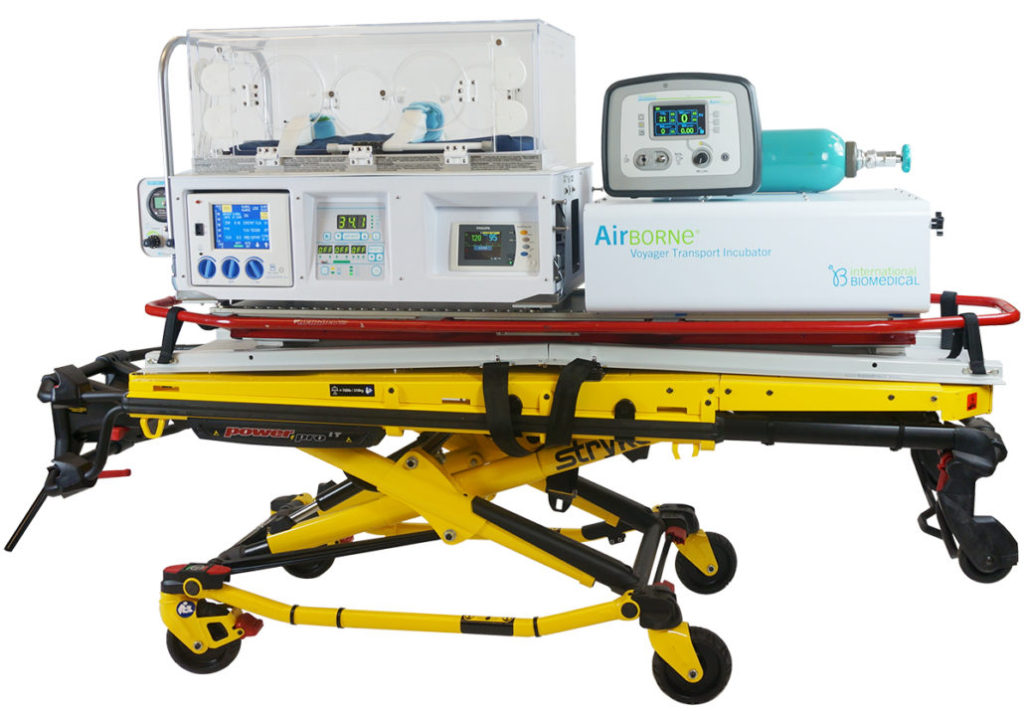
Neonatal transport is much more than a mere transfer from point A to point B. It’s a lifeline, ensuring that every baby, irrespective of their birth location, has access to the specialized care they deserve.
At International Biomedical, we understand the profound responsibility that comes with neonatal transport. With our advanced infant medical equipment and unwavering commitment to innovation, we aim to set the gold standard in neonatal transport care, ensuring every journey is as safe as it is essential.



